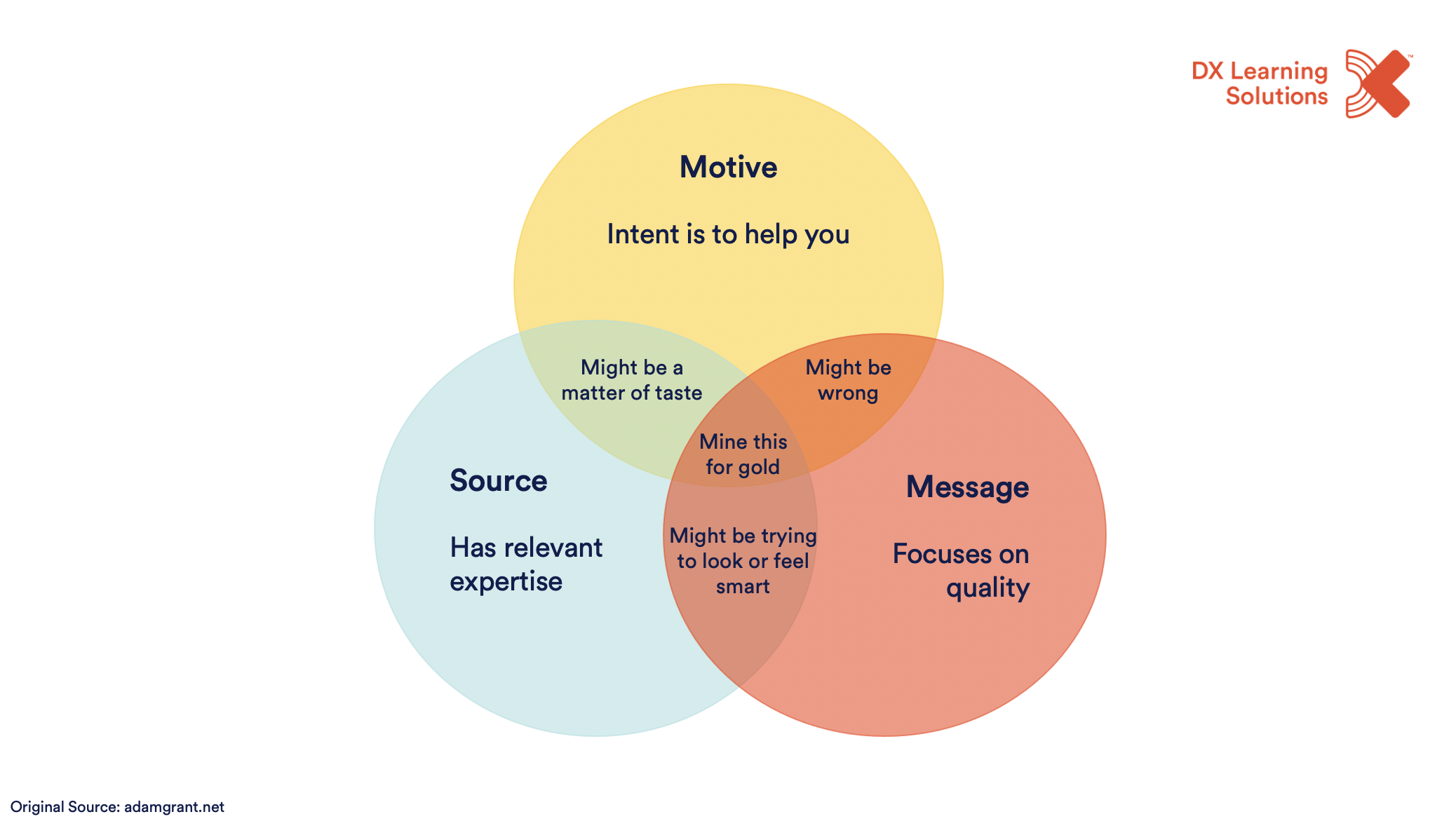The Most Effective Types of Employee Feedback in 2024

Have you ever received employee feedback and thought, “What do I do with this?”
As well as making those receiving the feedback feel anxious, over a third of managers feel uncomfortable dishing out different types of employee feedback. “What if I come across as negative or judgmental? What if employees think I’m trying to suck up to them?”
However, almost 60% of people would prefer to receive employee feedback either every day or every week (PwC) (even higher among younger workers). Every organization needs to empower leaders to feel confident in delivering effective types of employee feedback and understand which type of feedback is most helpful for a given person, in each situation.
Let people know what’s working and what’s not. That’s how to create real change.
Why is Feedback Crucial in the Workplace?
Providing effective types of employee feedback is critical to maintaining a capable and successful workforce and:
- Improves retention — When employees feel supported in their growth, it inspires loyalty and in turn, lowers costs of hiring and training new employees.
- Grows trust — Open and honest two-way types of feedback make people feel heard and valued, breaks down walls, and blossoms trust.
- Enhances performance — Better direction helps people to better understand how to execute their roles more effectively and lower stress levels.
- Builds confidence and morale — People know what they’re great at, what to work at, and how they contribute to the organization’s success and their roles in the organization.
- Develops leaders — Giving different types of feedback allows more control over teams' progress, professional development and can help you become a better coach.
As humans, we all need feedback to continue to better ourselves and those around us. A leader who offers different types of employee feedback is one who shows they’re personally invested in employees’ development, and it’s a key ingredient in unlocking potential. Without it, employees feel they’re doing a great job, but actually, could be missing the mark and performing even better.
Without the two-way flow of data and objective feedback, our brain fills in the gaps, and we make assumptions. Employee feedback provides the information you didn’t have, and lets you see yourself or a situation differently.
Of the 165 biases in the brain, one of the biggest is our courtesy bias. We all have it. All 8.05 billion of us. It can stop us from revealing our true opinion to avoid offending someone, and it can really get in the way of honest feedback.
For example, one ex-employee of ours was making spelling mistakes at a global conference and her poorly performing social media posts were damaging our company reputation, but she thought she was doing a great job. Why? Because my courtesy bias was getting in the way of me delivering the right types of employee feedback.
When we met to discuss her termination, she felt blindsided, shocked, angry, and upset. She did not know about her low performance as I had not told her. As the leader, I felt stressed and anxious, and general team morale was impacted too. It was a real leadership lesson for me on how not to do it. No one should be blindsided or shocked when bad news is shared.
The Most Helpful Types of Feedback
"For me, success is not about the wins and losses. It's about helping these young fellas be the best versions of themselves on and off the field." – Ted Lasso
Don’t just be ‘nice’, be honest with different types of feedback. We all need to learn to draw out that courtesy bias and replace it with the art of feedback.
It’s not just about giving employee feedback either, but rather about giving effective types of employee feedback, and learning which type of feedback is most helpful. Having meaningful conversations requires candor, honesty, transparency, and kindness. Take notes on your team, plan for the conversation, have that conversation in a timely manner, do it in person, and be specific, to have conversations that mean more.
So, which type of feedback is most helpful? It’s not good for the human psyche to just get constructive feedback. It’s up to leaders to build a sense of belonging and a sense of appreciation, so adopt the Losada principle – with a 5:1 ratio of positive vs constructive feedback; different types of feedback designed to reinforce vs refine.
Informal Feedback
Informal feedback that is fair and accurate can improve performance by up to 39.1% (Corporate Leadership Council) and can be deemed to be the most effective type of feedback. Several notable benefits of informal feedback include:
Resolving Mistakes
Perhaps the employee doesn’t realize what they're doing wrong. Informal feedback gives them the ability to correct mistakes right away and grow skills quicker than they would otherwise. For those receiving feedback for mistakes, this diagram explains when to take employee feedback seriously:
Builds Rapport and Trust
Regular informal feedback avoids situations like the meeting I had with our ex-employee, by helping leaders and employees to consistently see eye-to-eye about employee performance. Rapport and trust will grow when each understands what the other is thinking.
Encourages Open Communication
More transparency means less guesswork. Leaders and employees who feel comfortable with giving and receiving informal feedback create a company culture of open communication. This type of feedback makes employees feel safe in speaking to their managers about any problems they're facing without fear of judgment, and leaders are encouraged to think more critically and carefully about performance.
Authentic Employee Recognition
Have you ever gone for (and reached) the stars, but your boss didn’t even notice? It can take the wind out of your sails. 69% of employees have said if they felt appreciated that they would work harder (Office vibe). With informal feedback, giving a bit of authentic recognition that we’re noticing the person is doing a good job means they feel encouraged to continue knocking it out of the park.
Encouragement Feedback
Encouragement feedback is an excellent way to motivate and boost morale, especially if someone is struggling or finds themselves in new territory. That new hire who feels a bit overwhelmed but went above and beyond on that new project will feel a jolt of inspiration if you deliver candid, specific words by way of encouragement feedback. Trust me, a brief email or an in-person exchange in the office will go a long way.
Be like Ted Lasso and “Believe.” Continuous feedback = continuous improvement. Learn more about types of employee feedback and why feedback is a gift by signing up to our Feedback Shift. Take the time to observe the rest of today too, and have one conversation that means more by tomorrow.
Insights

Subscribe to Our Monthly Newsletter!
For managers and talent professionals who truly believe in putting people first, the CARE to Win blog is your gateway to the latest insights on human-centric leadership. Join us as we champion the people first movement.
Need some time apart? Are we emailing you too often? Just give us your feedback, and we promise we’ll respond. We really do care. And if it’s still too much, just unsubscribe. It’s cool.
.jpg) Alex Draper
Alex Draper




